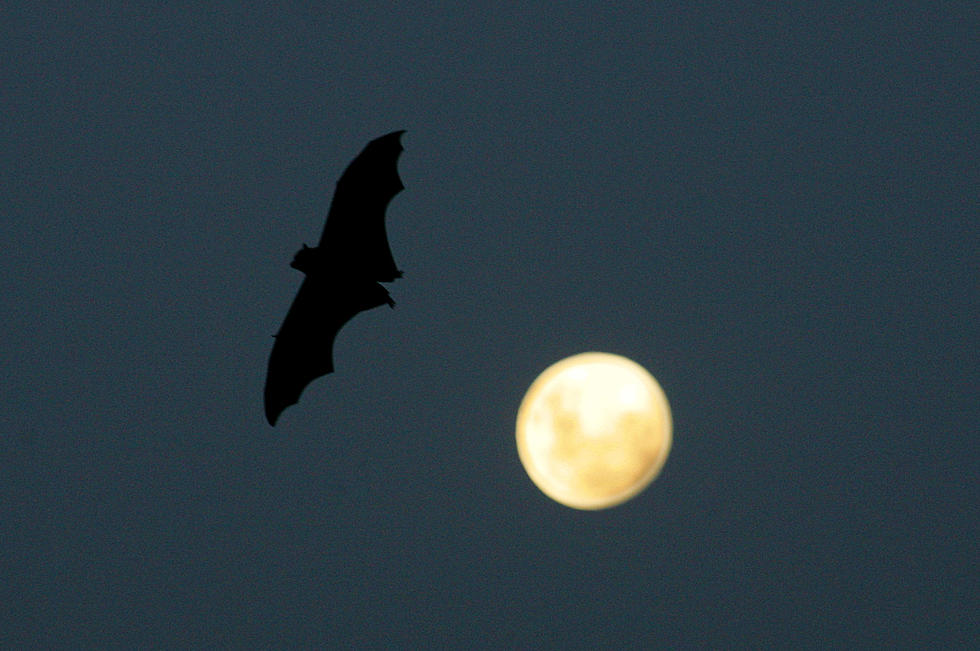
Here’s Why You May Be Seeing More Bats Flying Around Connecticut
If you happen to be outside just after sunset, you probably have noticed there are a lot of bats flying overhead.
The Bats that you seeing now in the air over many Connecticut towns are brown bats who are most active between dusk and dawn, and will only come out of their roosts after sunset. Little brown bats (the most common bat species in Connecticut) emerge anywhere from two to three hours after dusk. They do have a busy and helpful job, a single little brown bat can eat 1,200 mosquitoes and night-flying insects in an hour.

So why does it seem like we're seeing more of them during this time of year? Well according to the Connecticut Department of Energy and Environmental Protection, this is the time when young bats are finally emerging from the roost and learning how to fly, so it's a whole new generation of bats that you are seeing.
Even though it seems like there's more bats in the air, the state's bat population is still reeling from the White Nose Syndrome that has hit the bat population very hard. White-nose syndrome, also referred to as WNS, is an epidemic in cave-roosting bat species that is causing tragic and extensive mortality in hibernating bats in eastern and midwestern North America. The U.S. Fish and Wildlife Service estimated in 2012 that 5.7 million to 6.7 million bats had perished in the eastern United States and Canada since WNS was discovered in New York in 2006.
You can actually help wildlife experts as the DEEP encourages residents to keep an eye on the bats you seeing each night, and monitor the bat population. Bats found struggling outside from mid November through mid March should be reported to the state's wildlife division. Sighting details, including the date, location, what you observed, and digital photos if possible, may be submitted by email to the DEEP Wildlife Division at deep.batprogram@ct.gov or by calling 860-424-3011.
If you come across a bat, or one enters your home, be cautious and don't get too close. Also, never try to handle one because they can carry rabies, even though the threat of a bat you come in contact with having the disease is very low. The State of Connecticut Public Health Laboratory conducted tests on 459 bats that were submitted by the public, and only 15 tested positive for rabies, which is a rate of just 3.3 percent.
If one does get stuck in your house, bat experts say the best thing you can do is open a window or door in the room, turn down the room lights and turn on an outside light. The outside light will attract insects, and the thought of a quick insect meal will attack the bat.
WATCH OUT: These are the deadliest animals in the world
LOOK: 30 fascinating facts about sleep in the animal kingdom
More From WZAD-WCZX The Wolf









